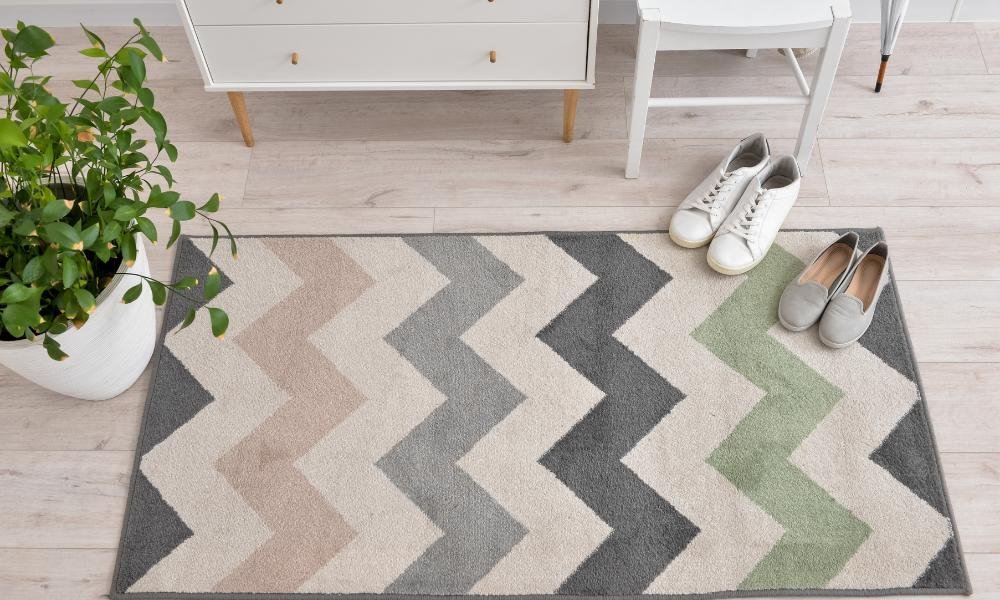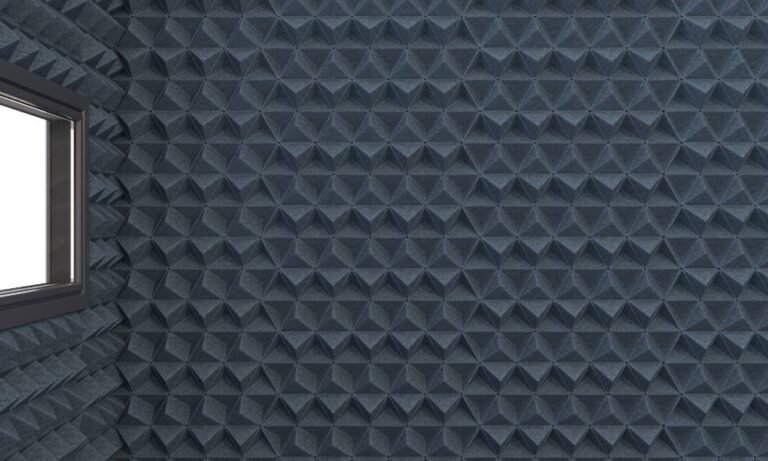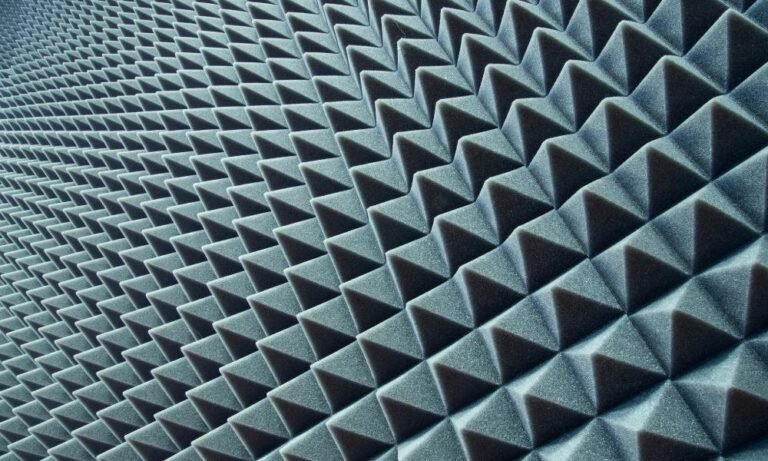Estimated reading time: 5 minutes
I understand the frustration of constant noise—whether it’s from outside traffic, loud neighbors, or even everyday household sounds. A peaceful environment shouldn’t just be a luxury; it’s essential for comfort and productivity. Over the years, I’ve tackled countless sound challenges, and I’m here to share some practical advice to help you create a quieter home.
Here’s what we’ll cover:
- Why reducing sound disturbances is worth it.
- Simple strategies to minimize unwanted noise.
- When to consider expert help.
- Long-term ways to keep your home calm and serene.

1. Why Reducing Noise Matters
A noisy environment doesn’t just disrupt your Netflix binges or Zoom meetings—it can seriously impact your health. Studies have shown that prolonged exposure to sound disturbances contributes to stress, poor sleep, and even difficulty concentrating.
Creating a peaceful home doesn’t just benefit your ears; it can also improve your mental and physical well-being. Whether you want a better work-from-home setup, a relaxing bedroom, or just a quieter living space, managing sound issues is key.
For more on the positive effects of controlling sound, check out How Soundproofing Protects Your Health and Well-being.
2. Easy Ways to Minimize Noise
2.1 Use Wall Panels
Acoustic panels are a simple yet effective way to improve a room’s sound quality. These panels help absorb echoes and make your home feel more serene. You can even create your own with foam or fibrous materials wrapped in fabric—functional and stylish!
Tip: Place panels near noisy areas for the best results, like the wall behind your TV or speakers.
2.2 Seal Up Gaps
Small gaps around doors and windows allow sound to sneak into your home. Adding weatherstripping or a door sweep can help block those pathways. It’s a quick and affordable solution that also keeps drafts out.
2.3 Add Heavy Materials
Mass-loaded vinyl (MLV) is one of my favorite tools for quieting a space. This dense, flexible material blocks sound effectively and can be applied to walls, ceilings, or floors. While installing it takes a bit of effort, the results are absolutely worth it.
Explore other ways to compare simple fixes with professional options in DIY vs. Professional Soundproofing: Which is Right for You?.

2.4 Lay Down Rugs
Hardwood or tile floors can amplify noise. Adding thick rugs or carpets is an easy fix that helps reduce sound from footsteps and dropped objects. For extra sound absorption, use dense pads underneath.
2.5 Consider Secondary Glazing
One of the best ways to tackle external sounds is by reinforcing your windows. Secondary glazing—adding another layer of glass—creates an air gap that dramatically reduces noise. It’s surprisingly simple to install using a DIY kit, making it a practical and effective option.
If you’re curious about other effective techniques, check out Top Signs Your Space Needs Soundproofing Services Now.
3. When Professional Help Is Worth It
Some noise issues are beyond what DIY methods can handle. If you’re dealing with loud construction, thin walls, or persistent noise that just won’t quit, it’s time to call in the pros.
Here’s when an expert makes sense:
- Your current efforts aren’t producing results.
- You’re working on a larger area, like multiple rooms.
- You need advanced solutions, like soundproof drywall or custom installations.
Hiring professionals means access to tools and techniques you might not have on your own. Plus, the peace of mind that the job will be done right. Learn more about the benefits in Top Benefits of Hiring Professional Soundproofing Contractors.
4. Tips to Maintain a Quieter Home
4.1 Regular Inspections
Materials like seals and weatherstripping wear down over time. Inspect these annually and replace anything that looks worn or damaged to keep your soundproofing effective.
4.2 Layer Your Approach
Start with simple steps like rugs or panels, and build up to more advanced methods if needed. Layering different techniques often produces the best results.
4.3 Add White Noise Machines
These devices don’t reduce noise directly but can mask unwanted sounds by creating a calming background. Think of them as the finishing touch for a serene environment.
5. Costs and Options
Soundproofing doesn’t have to be expensive. Here’s a quick cost breakdown:
- Simple DIY Solutions: Door seals and rugs can cost $20–$50.
- Mid-Range Projects: Acoustic panels or MLV installation ranges from $100–$300.
- Professional Services: Expect to invest $1,000–$5,000 depending on your space and needs.
For budget-friendly ideas, check out Best Soundproofing Solutions for a Peaceful Living Space.
Conclusion
Achieving a quiet, comfortable home is more attainable than you might think. From quick DIY fixes like sealing doors to professional-grade installations, there’s a solution for every noise problem.
Start small and scale up as needed—you’ll soon find your home transformed into a peaceful retreat. Ready to take the first step? I’d love to help you figure out the best solution for your space.



